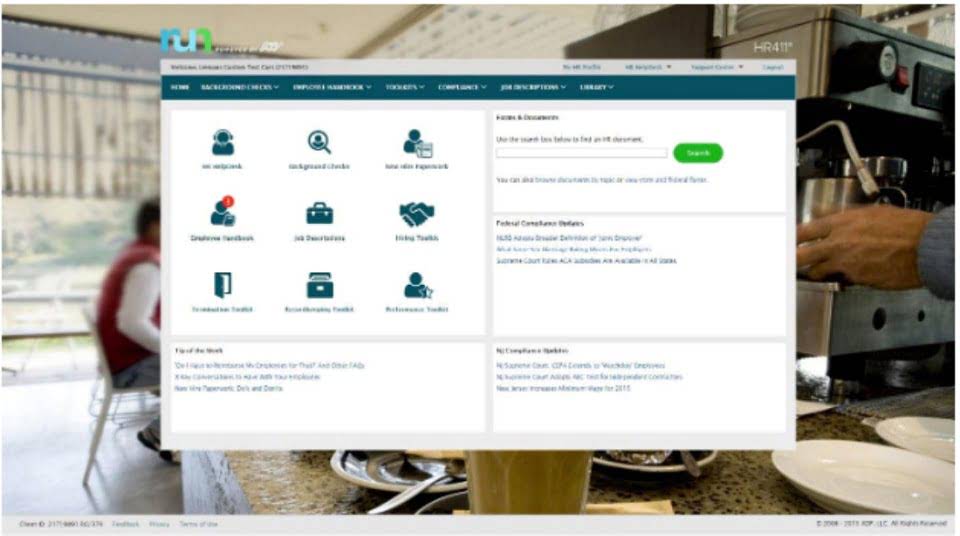
Large fluctuations in inventory or accounts receivable can lead to drastic changes in a company’s working capital. A sudden inventory build-up could indicate over-buying as well as slow sales. https://pmhome.vn/cash-flow-statement-indirect-method-example-format/ So, having a look not just at what got moved but at what made that happen is essential. The change in working capital shows the financial performance of a business. Investors, analysts, and management use this data for strategic investments and credit approvals. Again, notice the similarities in each company’s language when differentiating between assets and liabilities.
Exploring Net Working Capital: Real-Life Examples and Implications
Similarly, a negative change might be a sign of efficient working capital management, but it could also point to a decline in operational activity or a struggle to maintain sufficient current assets. The calculation for the change in working capital involves comparing the working capital from two different periods. This is determined by subtracting the prior period’s working capital from the current period’s working capital. Both working capital figures are derived directly from a company’s balance sheets, which provide a snapshot of assets and liabilities at specific points in time. Working capital measures a company’s short-term financial health and operational liquidity.
Cash Flow From Financing Activities Formula

Taken together, this process represents the operating cycle (also called the cash conversion cycle). For many firms, the analysis and management of the operating cycle is the key to healthy operations. The quick ratio—or “acid test ratio”—is a closely related metric that isolates only the most liquid assets, such as cash and receivables, to gauge liquidity risk. Businesses must, therefore, have a clear understanding of both in order to ensure smooth business operations. Remember that Net Working Capital requirements vary significantly across industries and business models. The key is to find the optimal level that supports your specific operational needs while maximizing financial flexibility and efficiency.

Small Business Guide to Get Paid Faster
- This is a totally different story where the change in working capital has turned negative in the last couple of years.
- In most businesses working capital amounts to inventory plus accounts receivable less accounts payable.
- The business has net income of 70,000, but the net increase in working capital of 30,000 reduces the operating cash flow to 40,000.
- Changes in working capital reflect how a company’s liquidity and operational efficiency are evolving.
- Similarly, an increase in inventory means cash was spent to acquire goods, but these costs are not yet recognized as an expense.
- Conversely, if a company is not growing, it may not need as much working capital and may experience a decrease in net working capital requirements.
Working capital is the difference between a company’s current assets and its current liabilities, indicating operating liquidity. A positive balance suggests a company has sufficient resources to cover its short-term obligations and operational expenses. If a transaction increases current assets and current liabilities by the same amount, there would be no change in working capital.
- If you find your working capital isn’t where you’d like it to be, or if the changes are causing cash flow headaches, don’t despair!
- As for accounts payables (A/P), delayed payments to suppliers and vendors likely caused the increase.
- Either due to rising short-term liabilities, or a decrease in current assets.
- Free tools like invoice templates and break-even point calculators can also help you improve cash flow.
- It shows whether your business generated or used cash during a specific period.
- The change in working capital shows the financial performance of a business.
- If you’re seeing changes in your working capital that are stretching your cash flow, that’s a perfect reason to have a conversation with us.
Time Value of Money
It is important to realize that no cash has flowed in or out of the business. We have purchased goods of 80 on credit and we now owe the supplier 80 (accounts payable). contra asset account Additionally we have made a sale on credit of 120 and our customers now owe us 120 (accounts receivable).
- The current assets and current liabilities are each recorded on the balance sheet of a company, as illustrated by the 10-Q filing of Alphabet, Inc (Q1-24).
- The working capital cycle formula is days inventory outstanding (DIO) plus days sales outstanding (DSO), subtracted by days payable outstanding (DPO).
- Tracking this change helps you understand how your business is managing its liquidity and operational efficiency over time.
- It highlights whether a company generates sufficient internal cash to fund its growth.
- When producing a financial projection for a business plan, it is important to calculate working capital levels correctly.
- The key is to find the optimal level that supports your specific operational needs while maximizing financial flexibility and efficiency.
Decrease in Working Capital = Source of Cash

These non-operating items must therefore be adjusted so as to reflect only the company’s normal financial activities. For example, a large expense for legal matters can temporarily reduce working capital of a specific year. Some sectors like Retail and Ecommerce experience significant fluctuations in sales and inventory during peak seasons. Throughout this period they undergo cyclical adjustments in current assets. Working capital can rise temporarily, as businesses stock up on larger volumes of inventory in peak months.
Change in Working Capital Cash Flow Statement
- This example shall give us a practical outlook of the concept and its ebbs and flows.
- The Change in Working Capital could be positive or negative, and it will increase or reduce the company’s Cash Flow (and Unlevered Free Cash Flow, Free Cash Flow, and so on) depending on its sign.
- The current assets section is listed in order of liquidity, whereby the most liquid assets are recorded at the top of the section.
- This ebb and flow of their business cycle gives them more “cash” to operate their company.
- Because the change in working capital is positive, it should increase FCF because it means working capital has decreased and that delays the use of cash.
If the working capital in Year 2 is and change in working capital formula cash flow in Year 1 was 23000, the change in working capital is 4000. I have tried to include many different examples from various industries so you can get an idea of how this will work for you. We have covered a lot of ground today, discussing the particulars of changes in working capital and what they mean for our business. Today, I want to focus on how the changes in working capital work and how we understand the concept. Next up, let’s look at Verizon; we have used companies with a strong manufacturing base, whereas Verizon would be far more tech-based. Next, look at some examples from actual companies to find our changes in working capital.
